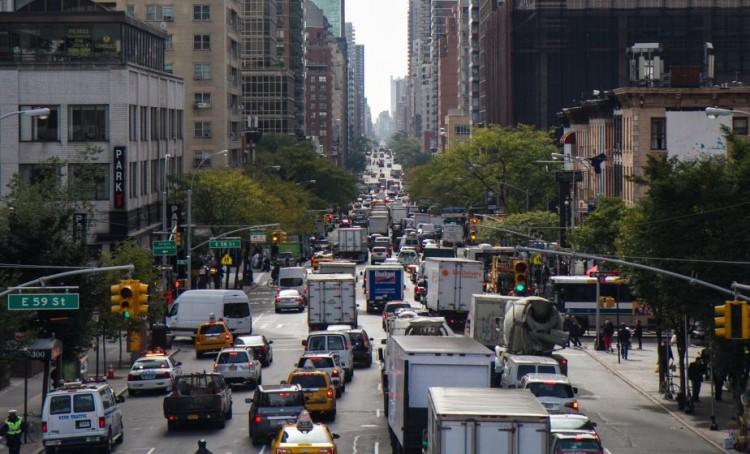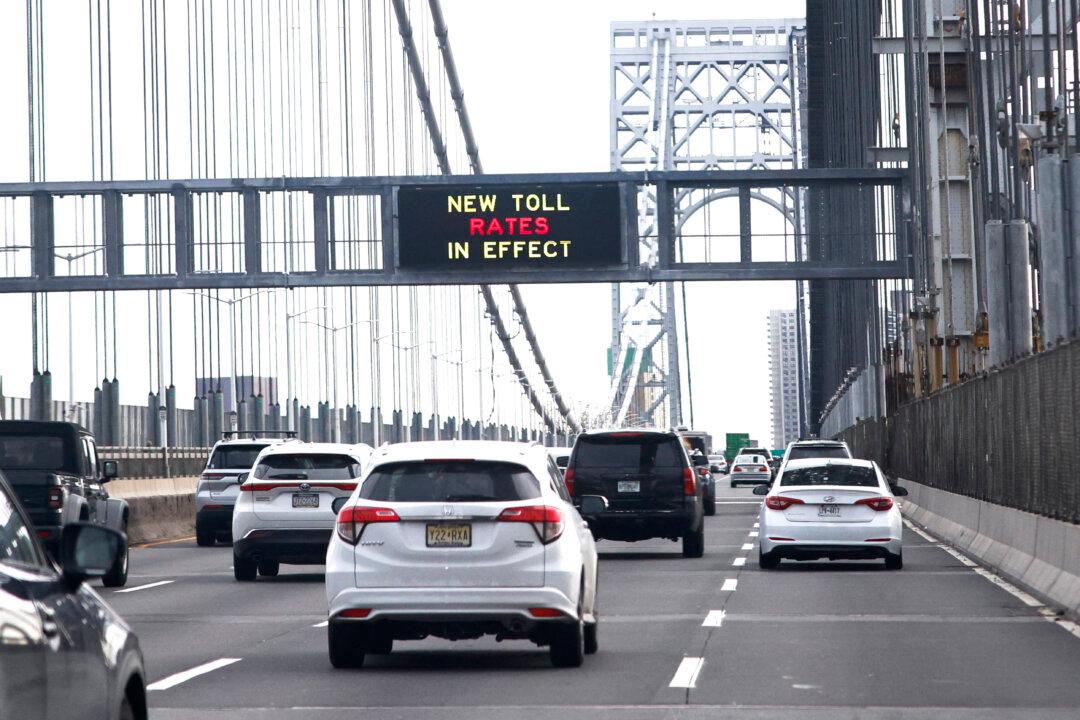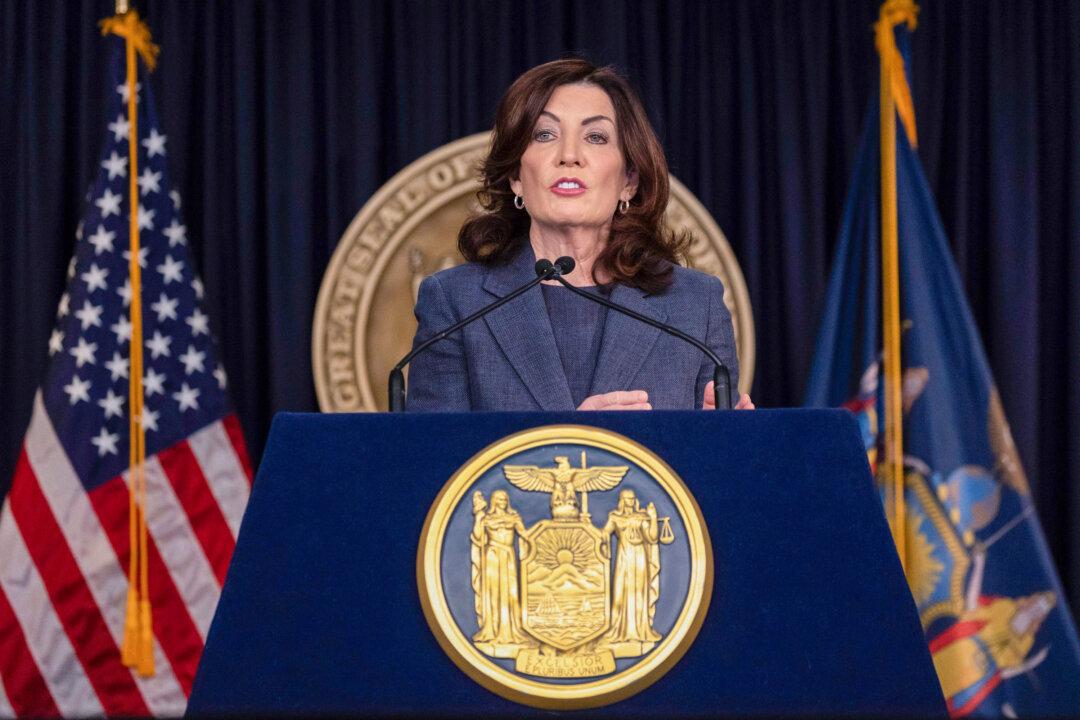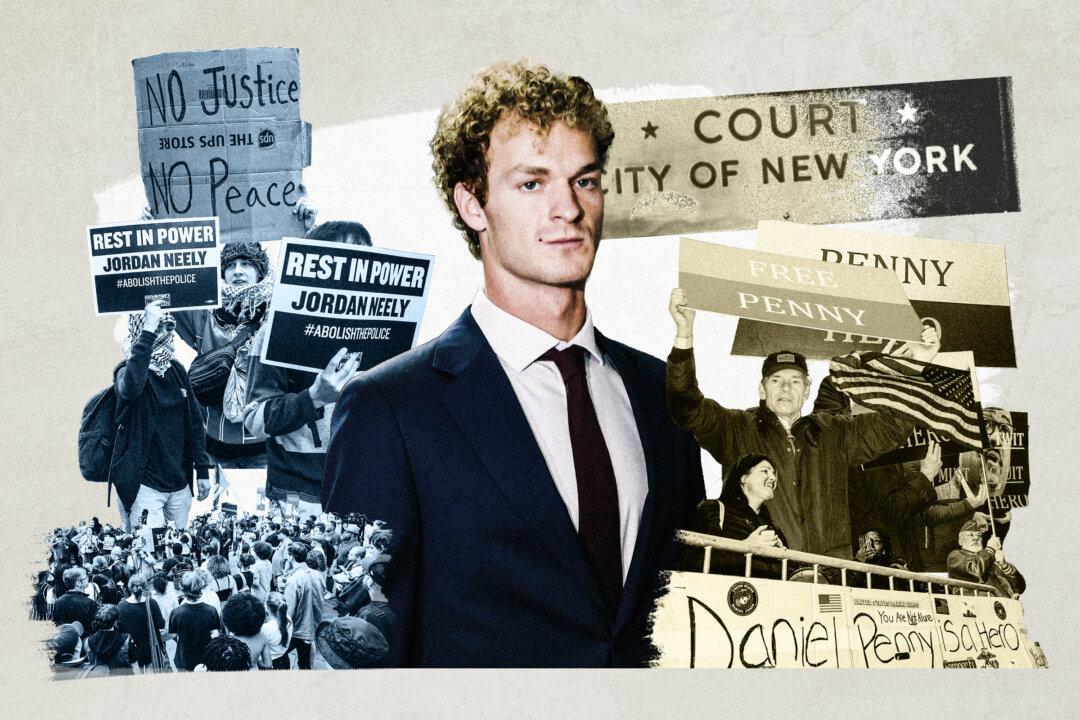NEW YORK CITY–As congestion pricing heads to court, New Yorkers have expressed divergent views on the policy of charging drivers $15 tolls when they enter Manhattan below 60th Street.
The stated purpose of congestion pricing is to alleviate rush hour traffic while raising money for the city to qualify for the issuance of bonds that supporters say are critical for far-reaching upgrades and renovations of Metropolitan Transportation Authority (MTA) systems and facilities. Yet another goal is ecological: to cut carbon emissions and keep New York City’s air breathable.





